Fishing with GPS has completely changed the game for anglers today. What these nifty gadgets do is pretty incredible—they guide you right to the spots where schools of fish are most likely hanging out, saving you both time and effort.
Beyond just finding fish, a good GPS device can seriously boost your confidence on the water. No more guessing where you are or worrying about getting lost—these devices give you peace of mind with accurate location tracking and detailed maps. That way, you can focus more on casting lines and less on navigation challenges.
Now, you might be wondering what exactly GPS does in the world of fishing. In short, it helps you track your movements on the water and pinpoint lucrative fishing spots. It does this by connecting with satellites to give you precise, real-time location data. Not only does this make your fishing trip more efficient, but it’s a game-changer for staying safe, especially in unfamiliar or expansive waterways.
This article has the scoop on how to pick the perfect fishing GPS to fit your needs. I’ll walk you through everything from must-have features to making sense of user interfaces and pricing. Whether you’re a seasoned pro or just starting out, you’ll learn how these devices can make your fishing adventures more successful and enjoyable.
Key Features to Look for in a Fishing GPS
Choosing a fishing GPS means looking at features that make your fishing trips smoother and more productive. One main thing to consider is fish-finding capability. A good GPS usually comes with sonar or fishfinder capabilities, helping locate fish underwater. It’s like having a guide showing where the fish might be hiding.
Waterproofing is crucial, especially if you often find yourself fishing in rough conditions or on open water. The last thing you want is your device getting damaged by splashes or accidental drops. Durability ties into this, providing peace of mind that your investment will last many trips down the line.
When it comes to reading your GPS, screen size and readability can’t be overlooked. You want something that’s easy to see in bright sunlight or at different angles. Some GPS devices come with anti-glare screens or adjustable brightness levels. A display that’s both clear and responsive can make using the device way more convenient.
Maps and charting features are also significant. Pre-loaded maps that cover your usual fishing areas or the ability to upload your own charts can really enhance your fishing experience. Some devices offer detailed topographical maps that help with understanding underwater structures.
In selecting a fishing GPS, keep these features in mind to ensure you pick one that fits your fishing style and environment. It’s about finding the right combo of features that suits where, how, and what you fish for, ensuring the best bang for your buck.
Understanding Sonar and Chartplotting in Fishing GPS
Fishing GPS devices often come with powerful tools like sonar and chartplotting, but knowing how they work can really change how you fish.
Sonar is basically about seeing below the water’s surface. It uses sound waves to detect and display where fish are, showing you underwater structures and even the depth of the water. This is essential for locating fishing hotspots and understanding the environment you’re fishing in.
Chartplotting, on the other hand, is like having a map specifically for the water. While sonar helps you find fish, chartplotters show you your current location and where you’ve been, allowing you to mark spots and create routes. This feature is vital when you’re exploring new waters or trying to return to that perfect fishing spot you discovered on your last trip.
Integrating sonar with chartplotting means you can plot the best routes back to the areas where fish were abundant, making future trips more productive. Think of it as setting waypoints on a roadmap but for water.
When you combine these technologies, it’s like turning your fishing into a data-driven venture. You gain insights and control over your fishing environment, significantly elevating your strategy and experience. Familiarizing yourself with these functions can turn average fishing days into bountiful ones.
Affordability vs. Functionality: Decoding the Pricing
Budgeting for a fishing GPS requires balancing cost and essential features. Sure, it’d be great to have a top-of-the-line device with every bell and whistle, but it’s about what you truly need to improve your fishing experience.
Fishing GPS units vary widely in price, and the cost typically reflects factors like brand reputation, additional features, and build quality. Mid-range models often deliver excellent performance without breaking the bank, offering reliable basics like durability and precise navigation.
It’s key to assess what features you can’t live without. If you mostly fish in familiar waters, an entry-level model with basic navigation might suffice. However, if you’re venturing into new territories regularly, investing in advanced mapping and chartplotting capabilities pay off in the long run.
Many savvy buyers opt for bundled packages, which might include useful accessories like mounts or protective cases, potentially adding substantial value without extra expense. Always check for hidden costs, like map updates or premium services, which might creep up later on.
Evaluating the long-term value of a fishing GPS is crucial. Higher initial costs might justify themselves in extended durability, broader functionality, and improved technology, leading to better experiences on the water. In the end, smart purchasing decisions depend on aligning your fishing goals with your budget.
User-Friendly Interface: Simplifying Your Fishing Experience
When you’re out on the water, the last thing you want is to struggle with a complicated GPS interface. A device that’s straightforward and easy to use can save you a lot of hassle, allowing you to keep your focus on fishing.
Differences in interface styles can significantly impact how you interact with your GPS. While touchscreen units offer a modern, intuitive way to navigate through menus quickly, some anglers prefer traditional button-operated models that tend to be more reliable in wet conditions.
Customization options let you tailor the user interface to better suit your needs. Think about adjusting display preferences like font size or map zoom levels. Many devices allow you to save routes and set personalized waypoints, making your GPS as helpful as possible on the water.
It’s always a good idea to look at user reviews. These insights often come from folks just like you who’ve put these units through their paces. Feedback on ease of navigation and interface intuitiveness can guide your purchase decision.
Ultimately, the right interface makes your fishing trip smoother, more efficient, and much more enjoyable. Prioritize finding a GPS that complements your style and brings convenience to your fishing adventures.
Portable VS. Fixed GPS: What Suits You Best?
Deciding between a portable or fixed GPS unit often depends on the type of fishing you do and personal preference. Each has its own benefits and drawbacks that are worth considering.
Portable units are fantastic for their versatility. You can use them on different boats or take them along for other outdoor adventures like hiking and camping. They’re usually lightweight and compact, making them easy to carry and use just about anywhere.
Fixed units, however, are typically more robust and often come with larger, easier-to-read displays. If you primarily fish from the same vessel, a fixed GPS might be a better choice, offering stability and powering directly from your boat’s power system, reducing the worry about battery life.
Environment plays a big role in your decision. If you’re navigating through complex waterways or have a permanent base of operations, fixed systems may provide more reliability. For those fishing in varied locations, a portable unit gives you the freedom to explore without constraints.
Ultimately, deciding which type best fits your needs comes down to how you intend to use your GPS. Whether you value portability or prefer the stability of a mounted system, aligning your choice with your fishing habits is key.
Top Recommendations and Making the Final Choice
Selecting the right fishing GPS comes down to matching the device’s capabilities with your personal fishing needs and habits. It can seem like a daunting task given the number of options available, but a focused approach makes it manageable.
Look for GPS models that consistently receive positive feedback from actual users, as these reviews provide valuable insights on real-world performance. Top-rated devices often feature excellent reliability and customer service, two crucial factors that will serve you well on your fishing trips.
Consider expert recommendations that align with your needs, whether it’s a portable device for on-the-go anglers or a fixed model for those who set up at a permanent spot. Known brands with a strong track record in the industry tend to offer better warranty options, adding an extra layer of security to your investment.
Don’t overlook the importance of after-sale support, especially when it comes to updates and technical issues. A company that stands by its product and offers solid customer assistance can be a lifesaver when you need guidance.
Ultimately, investing in the right fishing GPS enhances your adventures, providing precision and peace of mind. Focus on the combination of features, affordability, and user-friendliness that suits you best, and you’re sure to make a decision that will benefit your catches and overall enjoyment on the water for years to come.
As an Amazon Associate I earn from qualifying purchases.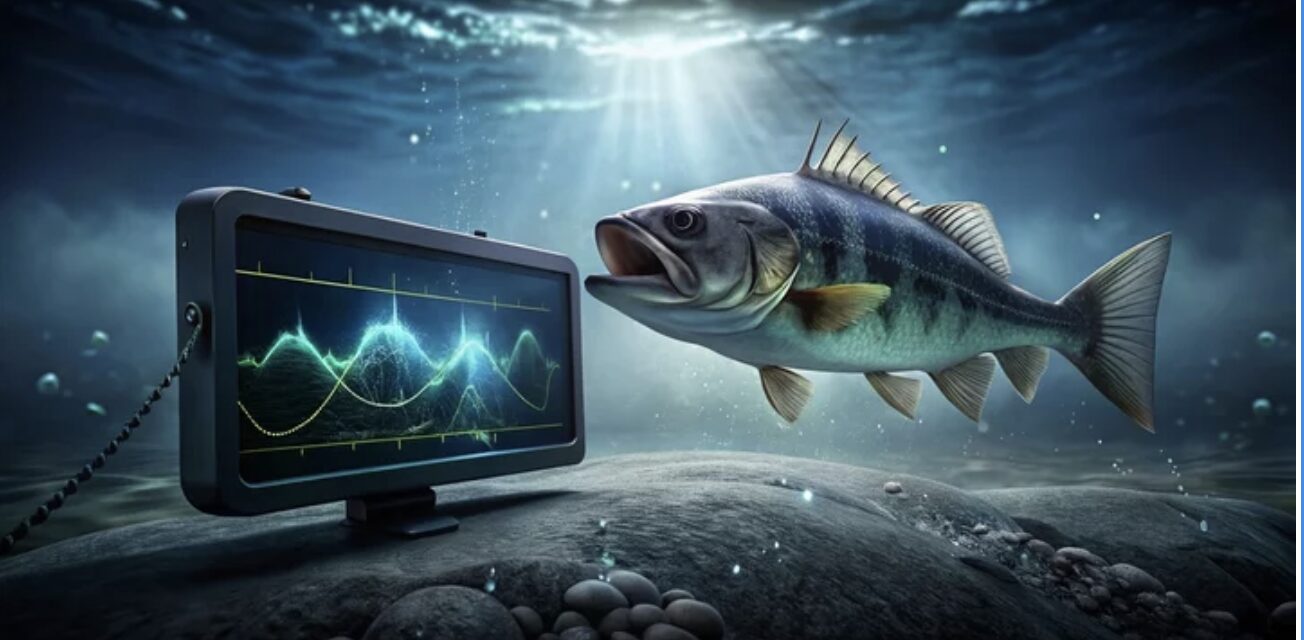
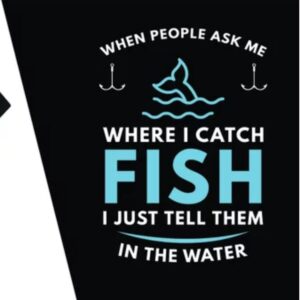
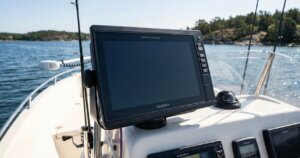
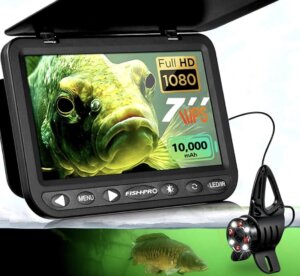
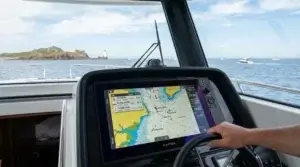
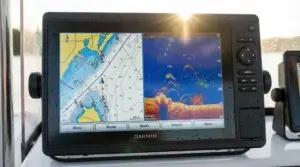
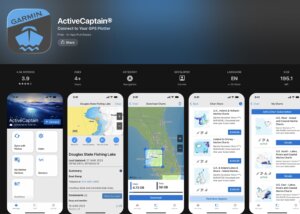
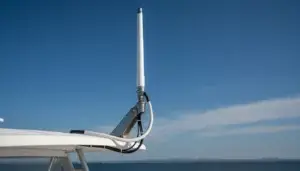
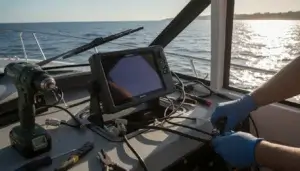

Fishing GPS devices seem like a game-changer for anglers! I’m curious—how do you decide between a portable GPS and a fixed one for fishing trips? Also, features like sonar and chartplotting sound amazing, but are they easy to use for beginners, or do they require a steep learning curve? I’ve heard that waterproofing and durability are crucial—any tips on maintaining these devices in rough conditions? It’s fascinating how technology can make fishing more efficient and enjoyable while also improving safety on the water!
Absolutely! Fishing GPS devices have revolutionized the way anglers navigate and locate fish! 🎣
When deciding between a portable GPS and a fixed unit, it really comes down to your fishing style. If you fish from multiple boats or enjoy shore/kayak fishing, a portable GPS offers flexibility. On the other hand, a fixed GPS with a larger screen and integrated sonar/chartplotting is perfect for dedicated boat setups, providing more stability and advanced features.
As for sonar and chartplotting, most modern units are pretty user-friendly, especially with touchscreens and intuitive menus. That said, there’s a bit of a learning curve, especially when interpreting sonar returns. Many brands, like Garmin and Lowrance, offer beginner-friendly modes with auto-tuning sonar to make things easier.
Durability is a big deal! To keep your device in top shape:
Use a protective cover when not in use.
Rinse with freshwater after saltwater trips.
Check for secure mounts to prevent vibrations from damaging internals.
Store in a dry place when not in use to avoid condensation issues.
It’s amazing how these technologies not only improve efficiency but also enhance safety on the water by providing depth readings, weather updates, and navigation tools. Let me know if you need recommendations on specific models! 🚤📡
Let me know if you’d like me to tweak anything! 😊
When choosing the best fishing GPS app, I think these are the things you mentioned that I would keep in mind.
First and foremost, consider the accuracy of the app’s maps and navigation features. There’s nothing worse than getting lost out on the water, so choose an app that provides reliable GPS coordinates and detailed maps of the areas you plan to fish. Secondly, look for an app that offers real-time updates on weather conditions, water temperature, and fish activity. Being able to access this information at your fingertips can greatly improve your chances of a successful fishing expedition. Finally, pay attention to the user interface and ease of use of the app. You want something that is intuitive and user-friendly, so you can spend more time focusing on fishing and less time fumbling with your phone. In addition to the technical aspects of a fishing GPS app, it’s also important to consider the app’s compatibility with your mobile device.
Do you know if there are any free apps available for fishing?
Great points! Accuracy, real-time data, and ease of use are definitely key factors when choosing a fishing GPS app. A user-friendly interface can make a huge difference when you’re out on the water, allowing you to focus more on fishing rather than navigating the app.
As for free fishing GPS apps, there are a few great options worth checking out! Fishbrain has a free version that includes basic maps and community-shared fishing spots. Navionics Boating (by Garmin) offers free nautical charts with optional paid upgrades for more detailed mapping. Fishing Points also provides a free version with GPS marking and weather updates.
If you’re looking for something specific—like offline maps or advanced sonar features—let me know, and I can recommend the best fit for your needs! 🎣
Choosing the right fishing GPS requires balancing features like accuracy, display quality, and mapping capabilities with factors like ease of use and budget. High-sensitivity receivers and detailed topographic or marine maps can make a significant difference in navigation and waypoint marking. Some anglers may prioritize real-time weather updates and depth finders, while others might focus on portability for kayak or shore fishing.
With advancements in GPS technology, do you think traditional fish-finding techniques are becoming less relevant, or do they still hold value alongside modern tools?
Traditional fish-finding techniques definitely still hold value alongside modern GPS technology. While advanced GPS units with high-sensitivity receivers, detailed mapping, and real-time data have made locating fish more efficient, experience-based methods like reading water conditions, understanding fish behavior, and using local knowledge remain crucial. Many seasoned anglers blend both approaches—leveraging technology for navigation and structure identification while relying on instinct and skill for bait selection, casting strategy, and interpreting fish activity. In the end, the best results often come from combining the precision of modern tools with the wisdom of traditional fishing techniques. What’s your take? Do you still use any old-school methods along with GPS?
Technology truly is a game changer even when fishing providing real time data from fishing with the use of sonar. This device will improve the fishing effectiveness and most importantly improve the navigation . I like how this article clearly illustrate how GPS devices makes fishing easy and improve the navigation.
Am curious are the portable GPS devices water proof or semi-water proof ? accidents do happen.
Absolutely! Technology has truly transformed fishing, making it more efficient and enjoyable. I’m glad you found the article helpful!
To answer your question, many portable GPS devices designed for fishing are waterproof or at least water-resistant. However, the level of protection varies by model, so it’s always a good idea to check the device’s IP rating to ensure it meets your needs. A waterproof case can also add extra protection just in case of accidental drops.
Thanks for your great question!
Let me know if you’d like any tweaks!